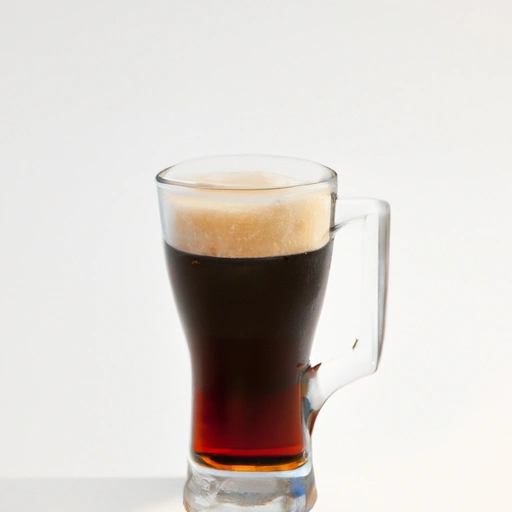Ale
Description

Ale is not only a popular beverage but also a versatile ingredient in cooking. It has been used for centuries to add depth and flavor to a myriad of dishes. Ale, a type of beer, is made from malted barley, hops, yeast, and water and is known for its rich, robust flavor. The fermentation process of ale results in a variety of styles and tastes, making it a favorite among both beverage connoisseurs and culinary aficionados. When used in food recipes, ale can enhance the taste and aroma of sauces, stews, baked goods, and more.
Common uses
Ale is frequently used in various cuisines to tenderize meat, enrich gravies, and give a complex flavor to bread and desserts. It is often a key ingredient in British and Irish recipes, such as steak and ale pie, and is also used in braising liquids and marinades.
Nutritional value
Calories
Typically, ale contains approximately 150-200 calories per 12 oz (about 355 ml/0.35 liters) serving, although this can vary significantly depending on the specific style and alcohol content.
Protein
Ale provides a modest amount of protein, usually around 1-2 grams per 12 oz serving.
Fat
Ale generally contains no fat.
Carbohydrates
The carbohydrate content in ale ranges from 10 to 20 grams per 12 oz serving, with the majority coming from the malted barley.
Vitamins
While not a significant source of vitamins, ale does contain small amounts of B vitamins, particularly B2 (riboflavin) and B3 (niacin), as a result of the yeast fermentation process.
Minerals
Ale can contribute a small amount of minerals like magnesium, phosphorus, and selenium, depending on the water and grains used during brewing.
Health benefits
Moderate consumption of ale may offer certain health benefits, such as improved cardiovascular health and a source of antioxidants. However, these benefits must be weighed against the risks associated with alcohol consumption.
Potential risks
Excessive consumption of ale or any alcoholic beverage can lead to negative health effects, including liver disease, increased risk of certain cancers, and addiction. It is important to enjoy ale in moderation and be aware of its alcohol content when used in cooking, as some alcohol may remain after cooking.
Common recipes
Ale is a common ingredient in recipes like beer-battered fish and chips, Irish stew, and carbonnade flamande (a Belgian beef and onion stew). It can also be used in bread, such as ale-braised sausages and ale-infused artisan loaves.
Cooking methods
Cooking with ale includes braising, stewing, baking, and deglazing. It can also be reduced into a syrup to concentrate its flavors for sauces and glazes.
Pairing with other ingredients
Ale pairs well with rich, savory dishes. It complements the flavors of red meats, hearty vegetables like mushrooms, and aged cheeses. In desserts, darker ales can be used with chocolate and spices to add complexity.
Summary
Ale is a dynamic and flavorful ingredient that offers a unique taste to both traditional and contemporary recipes. With its rich history and varied styles, ale can elevate the culinary experience, adding robust and complex flavors to an array of dishes. When used responsibly, it can also contribute to the enjoyment and sociability of dining experiences around the world.